Range of Factors Behind Prime Cattle Prices
Prime cattle prices have been enjoying some seasonal strength over the past month but are still behind the prices seen one year ago, according to the latest market information from Quality Meat Scotland.
Despite steer prices rising around 17p/kg dwt over the past six weeks at 352 p/kg dwt, they still trail last year’s prices by 23p/kg dwt.
“Interestingly, the current rise in prime stock prices has occurred despite the June prime stock kill being higher than last year - around 2.5% in Scotland and by even more in the UK as a whole - and despite a fall in carcase weight and increase in prime beef availability,” said Stuart Ashworth, QMS Head of Economics Services.
According to Mr Ashworth, some of the increase in average prices is likely to be due to a greater proportion of carcases falling within the preferred carcase weight range.
“The average Scottish steer carcase weight during June was reported to be 6kg lower than in May and 4kg per head lower than last year.
“In contrast, average heifer carcase weights, where the issue of overweight carcases is not as pressing, are higher than last year despite falling 3kg between May and June.
“On average prime heifers are selling at slight higher per kg prices than steers perhaps reflecting the volume of heavy carcases in the mix,” he added.
Looking at individual grades offers some interesting insights, he observed.
“In recent weeks the average price of an R4L grade steer has been very similar to that of an R4L heifer. However, for a U4L grade, the average heifer price has been 10p/kg higher than that of the average U4L steer,” said Mr Ashworth.
“While it is unlikely that all this difference can be laid at the door of carcase size, this market signal does raise the question; particularly as at abattoirs in England and Wales where carcase weights are lower than in Scotland, the average U4L grade heifer price has been around 5p higher than the average U4L steer.
“Equally, however, Scottish abattoirs are paying some 15-16p/kg dwt more than their English counterparts,” he added.
Meanwhile the weekly kill of steers and heifers increased during June, a time when normally they are falling.
“Historically the steer kill has fallen further in July before steadying in August and then climbing slowly to a peak in October and November,” commented Mr Ashworth. “The heifer slaughter profile is similar.”
“Young bull slaughtering, which peaks in June and July, also increased but has not reached the levels seen two years ago.”
“This year’s profile, combined with a fall in carcase weights, suggests a bringing forward of slaughterings,” commented Mr Ashworth.
“However, the growth in calf registrations in 2014, which continued into 2015, would suggest that also contributing to the slight increase in slaughter numbers is a basic increase in prime stock availability,” he added.
Looking at carcase weights, Mr Ashworth observed that they often peak in July and August and then fall as a “new crop” of eighteen month old spring-calved stock begin to reach the market in the autumn.
Earlier marketing to better meet carcase weight criteria could result in a short term tightening of supply in July and August before slaughter numbers pick up as this “new crop” of cattle from Spring 2015, when Scottish calf registrations were almost 1% higher than spring 2014, begin to reach the market.
However, by continuing to responding to the clear market signals in respect of carcase size, this increase in prime cattle numbers does not necessarily mean an increase in prime beef availability.

Sign up for the latest news and views

 Quality Meat Scotland
Quality Meat Scotland4 Redheughs Rigg
Westpoint
South Gyle
Edinburgh EH12 9DQ
- Tel: +44 (0)131 510 7920
- Email: info@qmscotland.co.uk
Follow Us
- © Quality Meat Scotland 2025
- Terms & Conditions
- Accessibility Statement
- Privacy Policy
- Cookies
- Sitemap
Site by Art Department